Palletizing Robot Price & 5 Effective Ways to Reduce Energy Consumption
Automating your production line with a palletizing robot is a powerful step towards greater efficiency and scalability. However, two key concerns for any operations manager are the initial investment and the long-term operating costs. This article will demystify the current market price for palletizing robots and provide five actionable strategies to reduce your robot’s energy consumption, lowering your total cost of ownership (TCO).
Palletizing Robot Price: 2024 Investment Guide
The price of a palletizing robot is highly variable, depending on its payload, reach, speed, and brand. Below is a general overview of the market to help you budget effectively.
| Robot Specification | Average Price Range (USD) | Ideal Application |
|---|---|---|
| Light Duty (≤ 20 kg payload) | \$70,000 – \$120,000 | Food & beverage, pharmaceuticals, small parcels. High speed, lower weight. |
| Medium Duty (20 – 180 kg payload) | \$100,000 – \$180,000 | Beverage cans, bags, medium-sized boxes. The most common range for industrial palletizing. |
| Heavy Duty (180+ kg payload) | \$150,000 – \$250,000+ | Building materials, large bags of cement or fertilizer, automotive parts. |
What Influences the Final Palletizing Robot Cost?
- Payload and Reach: Higher capacity and a longer reach require more robust components, increasing the price.
- Number of Axes: A standard 4-axis robot is typically less expensive than a more flexible 6-axis robotic arm.
- Brand: Established brands (e.g., Fanuc, KUKA, ABB) command a premium, while other quality manufacturers offer competitive pricing.
- End-of-Arm Tooling (EOAT): A simple vacuum head is standard. Custom mechanical grippers or tool changers add cost.
- Software & Vision: Advanced software for complex patterns or a vision system to handle random carton placement will increase the investment.
- Integration & Safety: Costs for safety fencing, conveyors, and professional system integration are typically not included in the base robot price.
5 Key Strategies to Reduce Your Palletizing Robot’s Energy Consumption
While the purchase price of a palletizing robot is a capital expense, its electricity usage is a recurring operational cost. Here’s how to minimize it:
1. Optimize Robot Path Planning and Movement
Inefficient movement paths waste significant energy. Use the robot’s programming software to:
- Minimize Acceleration/Deceleration: Smooth, calculated movements use less energy than frequent, jarring stops and starts.
- Optimize Trajectories: Program the most direct paths between pick and place points. Reducing unnecessary travel distance directly lowers energy use.
- Utilize Built-in Energy-Saving Functions: Many modern controllers have settings that optimize motion control for lower power consumption.
2. Implement Smart “Stop/Start” and Idle Modes
A robot doesn’t need to run at full power during line stoppages (e.g., lunch breaks, shift changes).
- Programmed Downtime: Configure the robot to enter a low-power “sleep” or “idle” mode after a set period of inactivity.
- Auto-Restart: Integrate the robot’s control system with the upstream conveyor so it automatically wakes up when product is detected, ensuring no loss of productivity.
3. Select the Right Robot for the Application
Using an overpowered robot for a simple task is inefficient.
- Right-Sizing: Choose a model with a payload capacity that matches your product weight with a small safety margin. A 180kg robot palletizing 10kg boxes is using energy to move its own massive structure unnecessarily.
- 4-Axis vs. 6-Axis: For standard layer palletizing where the product doesn’t need to be reoriented mid-air, a 4-axis robot is often more energy-efficient than a 6-axis model.
4. Utilize Regenerative Drive Technology
Many advanced palletizing robots are now equipped with regenerative drives. This technology converts the kinetic energy generated when the robot decelerates or lowers a heavy payload back into electricity, which is then fed back into the power system. This can lead to substantial energy savings, especially in high-cycle applications.
5. Conduct Regular Preventive Maintenance
A poorly maintained robot is an inefficient one. A strict maintenance schedule ensures optimal performance.
- Check Mechanical Components: Worn-out gears, bearings, or joints create friction, forcing the motors to work harder and use more electricity.
- Ensure Proper Calibration: A well-calibrated robot moves with precision, avoiding wasteful, corrective movements.
- Maintain Pneumatics: If your End-of-Arm Tooling (EOAT) uses pneumatic suction, fix any air leaks immediately, as compressed air is a significant energy cost driver.
Invest in an Energy-Efficient Palletizing Solution
Understanding the palletizing robot price is the first step. Implementing these energy-saving practices ensures you maximize your return on investment by minimizing ongoing operational expenses for years to come.
Looking for an Efficient Palletizing Robot?
we specialize in recommending the right palletizing automation solution for your specific needs and budget. Our experts can help you select a model that balances upfront cost with long-term energy efficiency.

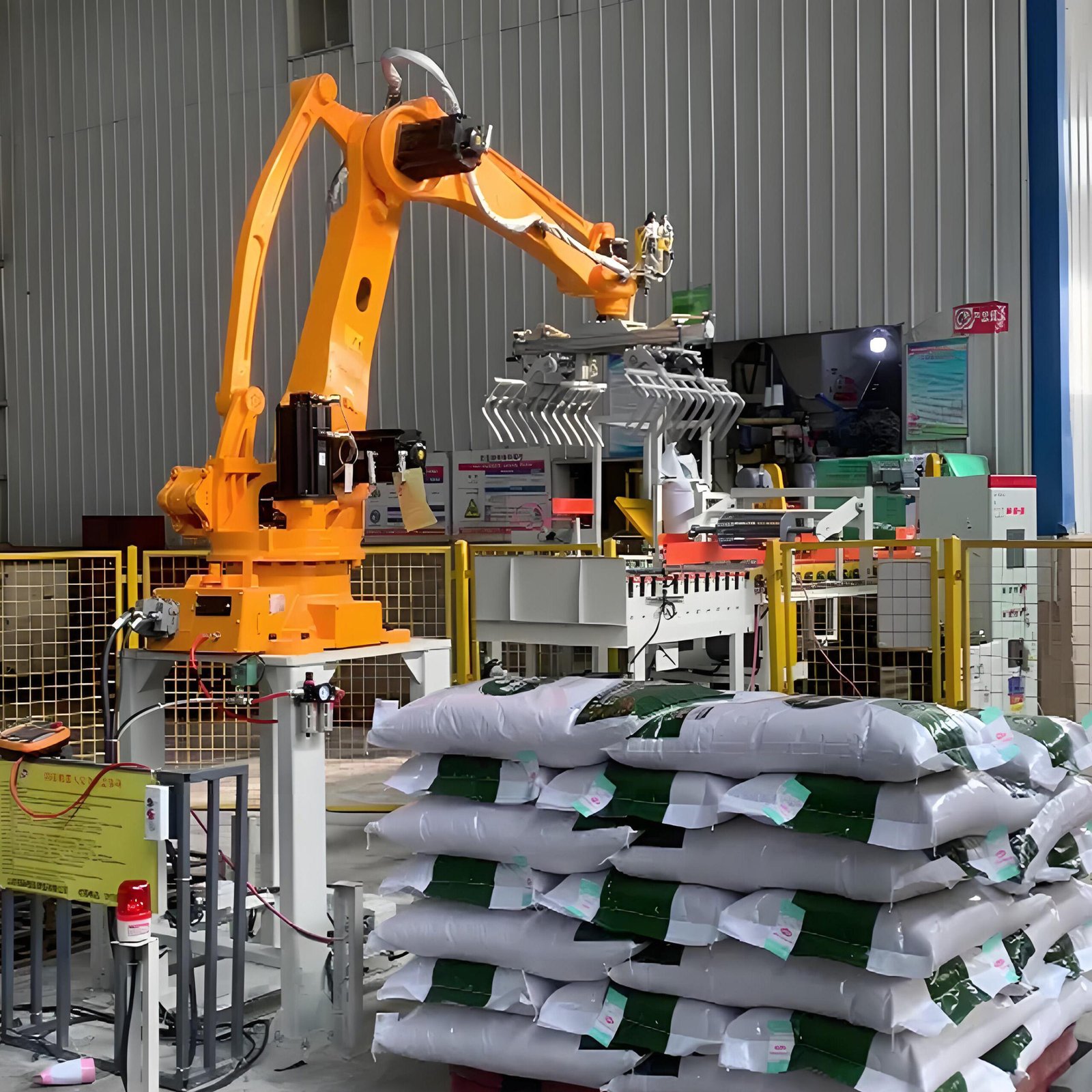
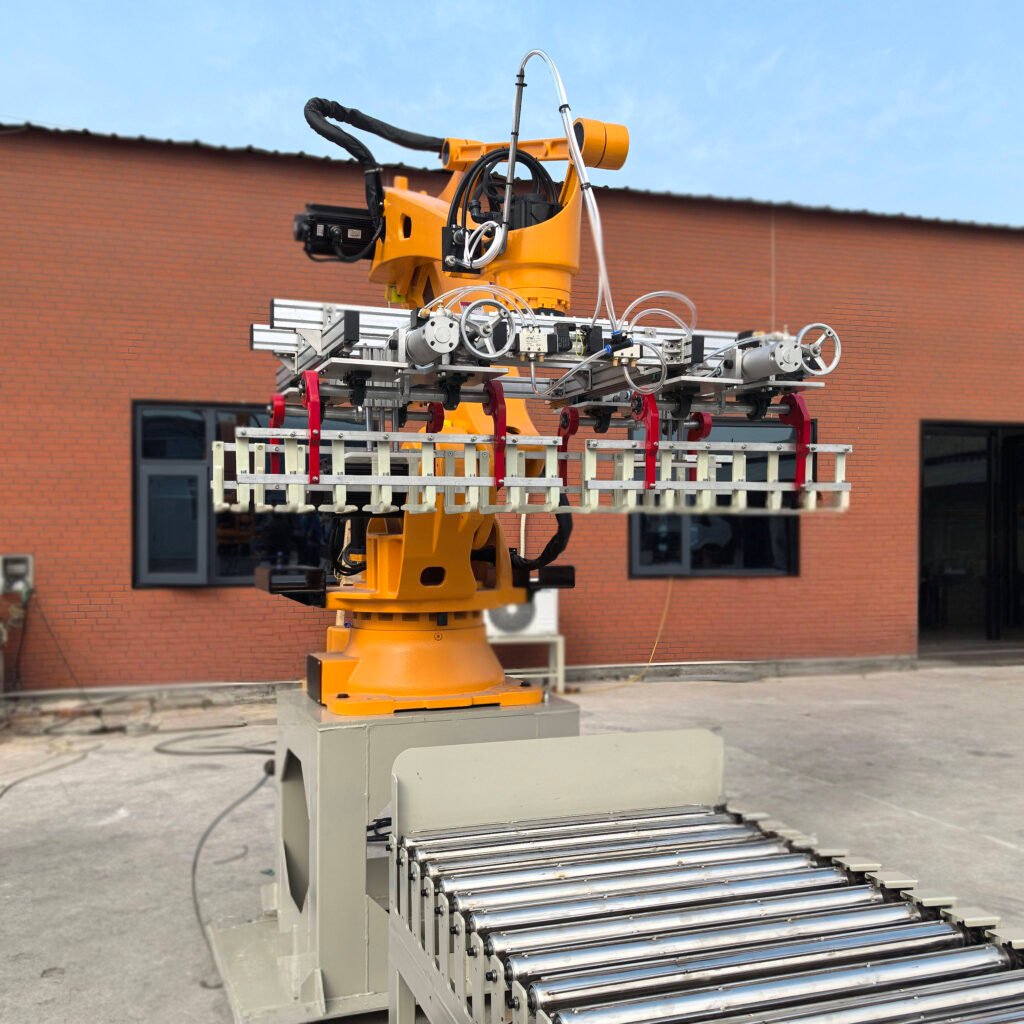
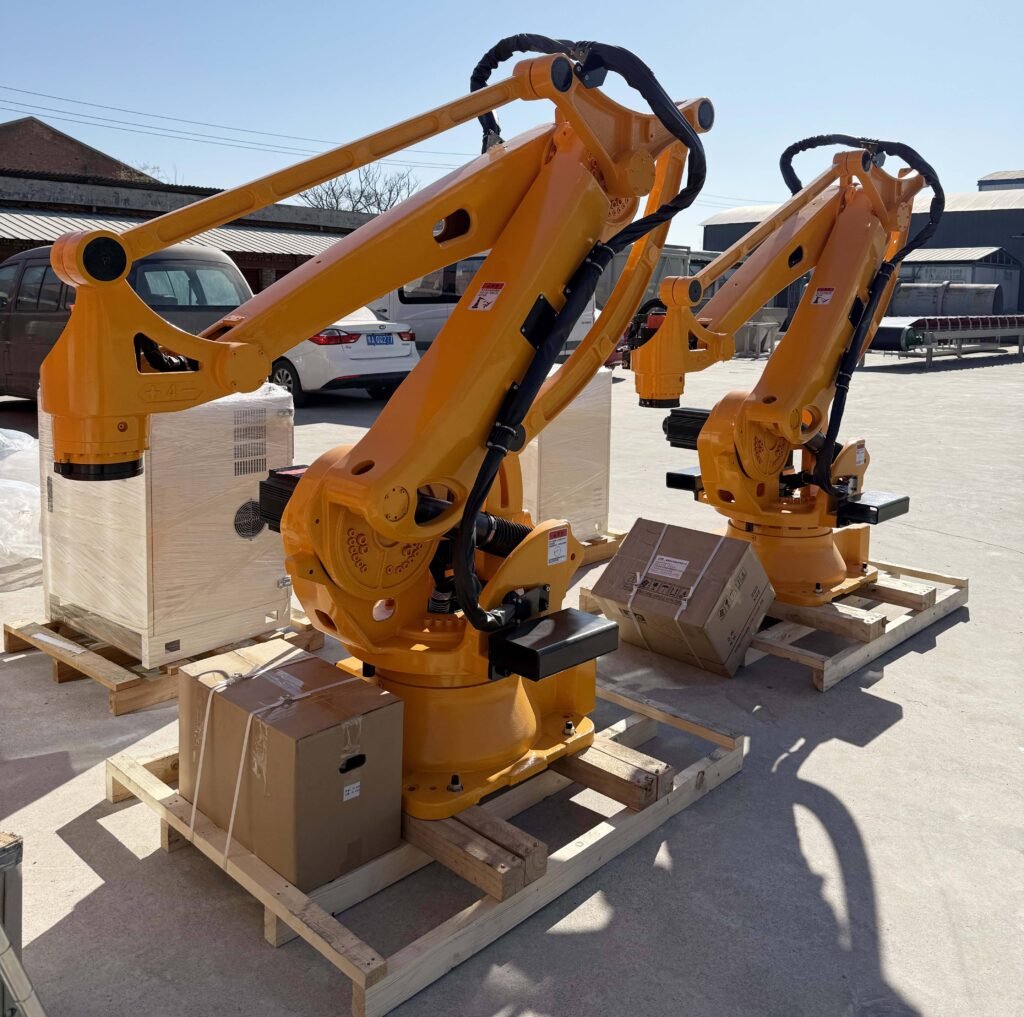


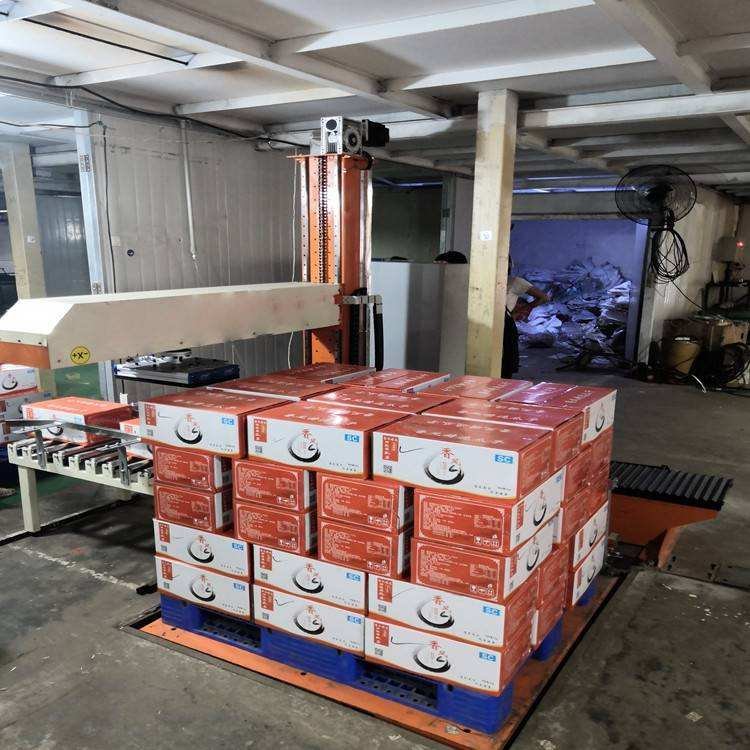
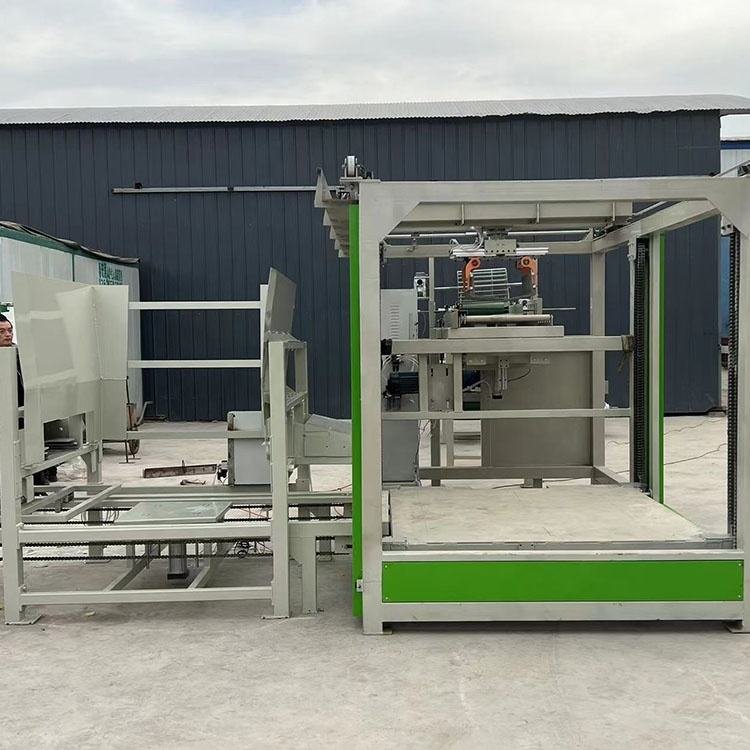
Leave a Comment
Your email address will not be published. Required fields are marked *